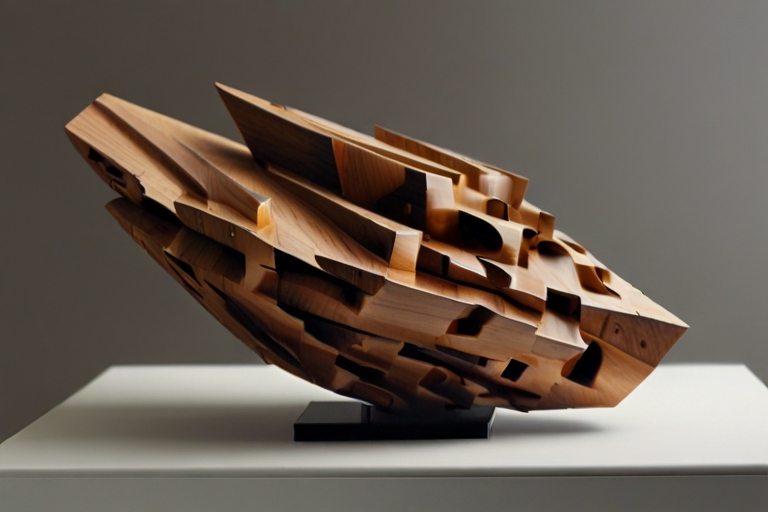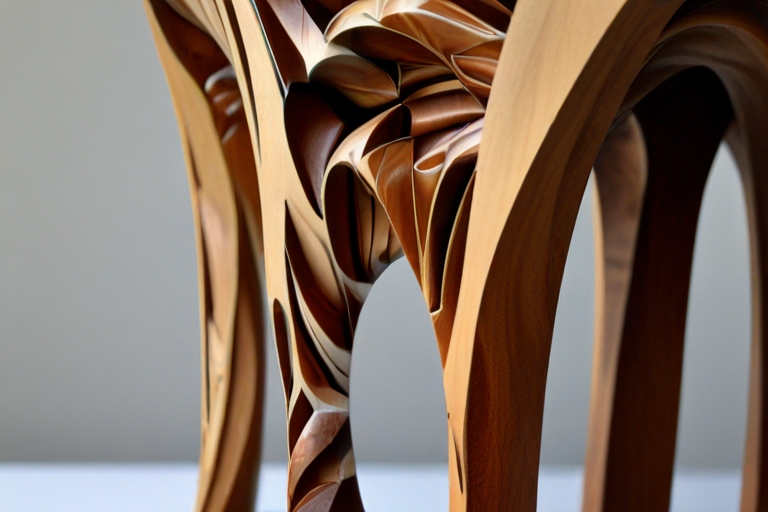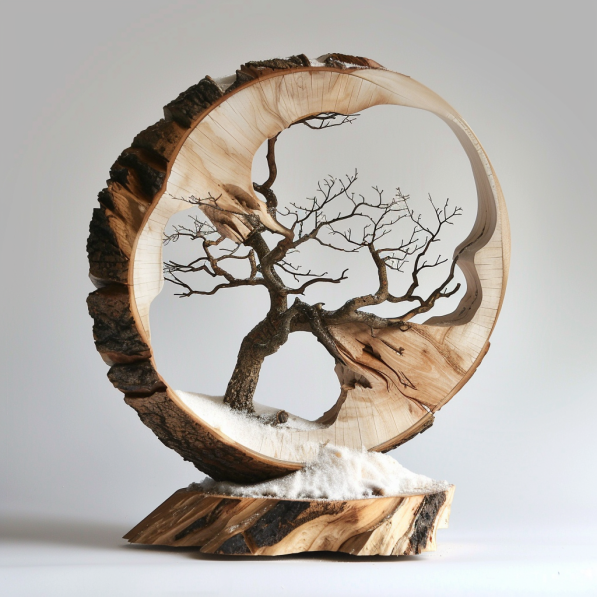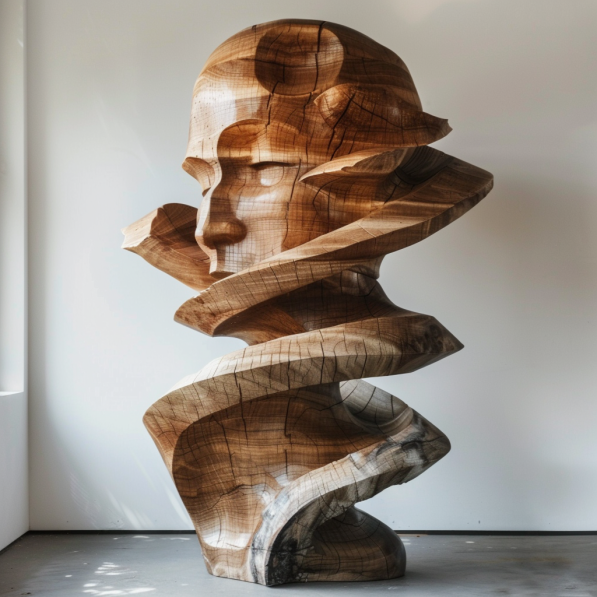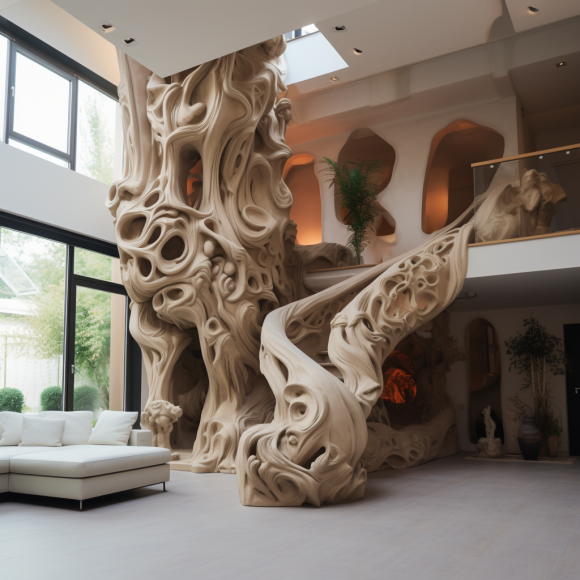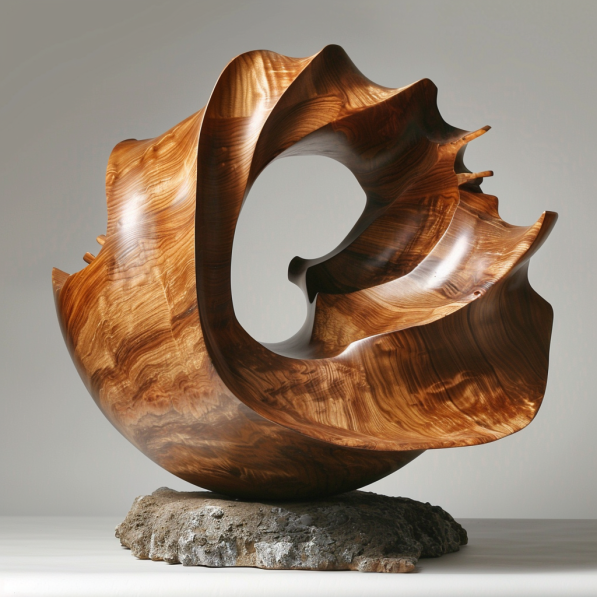Exploring Modern Wood Sculpture: Contemporary Trends and Influences
Wood sculpture, with its rich tradition spanning centuries, continues to captivate artists and enthusiasts alike. While traditional techniques honor the craftsmanship of the past, contemporary artists are pushing the boundaries of wood sculpture through innovative approaches and unconventional methods. In this exploration of contemporary trends and influences in wood sculpture, we delve into the ways artists are redefining this ancient art form, breathing new life into age-old traditions.
1. Incorporating Mixed Media
One of the most notable trends in contemporary wood sculpture is the integration of mixed media. Artists are combining wood with materials such as metal, glass, resin, and even digital elements to create dynamic and multi-dimensional works of art. By blending different mediums, artists can add texture, color, and visual interest to their sculptures, pushing beyond the limitations of wood alone. This fusion not only enhances the aesthetic appeal but also allows for the exploration of new narratives and conceptual frameworks within the sculptures.
2. Digital Design and Fabrication
Advancements in technology have revolutionized the way wood sculptures are conceived and created. Digital design software allows artists to explore complex forms and intricate details with precision and ease. Additionally, computer numerical control (CNC) machines and laser cutters enable artists to translate digital designs into physical sculptures with speed and accuracy. This marriage of traditional craftsmanship with digital innovation opens up a world of possibilities for wood sculptors, allowing them to explore new techniques and push the boundaries of their craft. Through digital tools, artists can experiment with shapes and structures that would be difficult to achieve by hand, thus expanding the creative potential of wood sculpture.
3. Environmental Sustainability
As awareness of environmental issues grows, many artists are embracing sustainable practices in their wood sculpture work. This includes using reclaimed wood, salvaged from old buildings, furniture, or fallen trees, as well as exploring alternative sources of wood such as fast-growing or invasive species. By prioritizing sustainability, artists not only reduce their environmental impact but also imbue their sculptures with a deeper narrative and connection to the natural world. Sustainable practices in wood sculpture also often highlight the beauty and uniqueness of each piece of reclaimed wood, adding a layer of history and character to the artwork.
4. Exploring Unconventional Forms
Contemporary wood sculptors are pushing the boundaries of traditional forms, experimenting with abstract shapes, organic structures, and conceptual designs. By challenging conventional notions of what constitutes a wood sculpture, artists are able to express complex ideas and emotions in new and unexpected ways. From fluid and dynamic compositions to minimalist and geometric forms, contemporary wood sculpture encompasses a diverse range of styles and aesthetics, reflecting the boundless creativity of today’s artists. This exploration of unconventional forms allows artists to break free from the constraints of tradition and engage viewers with thought-provoking and visually stimulating works.
5. Collaborative and Community-Based Projects
In an age of connectivity and collaboration, many wood sculptors are embracing community-based projects and collaborative endeavors. From public art installations to community workshops, these projects engage diverse audiences and foster a sense of connection and belonging. By inviting participation and dialogue, artists can create meaningful and impactful experiences that transcend the boundaries of the gallery or studio. Collaborative projects often result in large-scale works that would be difficult to achieve individually, and they can serve as a powerful tool for social engagement and community building.
6. Influences from Global Cultures
Globalization has brought an influx of cultural influences into the world of wood sculpture. Artists are increasingly drawing inspiration from various cultures, incorporating traditional techniques and motifs into their contemporary works. This cross-cultural exchange enriches the art form, introducing new perspectives and diversifying the range of styles and themes explored in wood sculpture. By blending elements from different cultural traditions, artists create unique pieces that resonate on a global scale, fostering a greater appreciation for the diversity and universality of artistic expression.
In conclusion, contemporary trends and influences in wood sculpture are pushing the boundaries of tradition, redefining what is possible within this ancient art form. From mixed media experimentation to digital fabrication, environmental sustainability, unconventional forms, collaborative projects, and global cultural influences, contemporary wood sculptors are forging new paths and shaping the future of their craft. By embracing innovation and creativity, they continue to inspire and captivate audiences around the world, ensuring that wood sculpture remains a vibrant and relevant art form for generations to come.

